|
Yes, I’m back and this may or may not be a newsletter under a different guise.
You can do it like I have 💀 by staring off into the sea of empty calorific YouTube video suggestions wondering what that last thought was that you didn’t want to forget. Or reading through multiple inter-referenced substack pages and church journalism and a touch too much European politics “news” – which I still don’t have my head around; and should probably be grateful for that fact. Or not-quite-compulsively checking either the weather application or if there are any updates on Facebook Messenger to previous text messages (or trying to reverse engineer which comment someone liked due to the latest update, grrr!) Speaking of substack pages, one that I’ve been gravitating back to of late—and isn’t as overly swimming in bar graphs or generally depressing as others—is the School of the Unconformed by Ruth Gaskovski. For about the past year(?) or so she has been doing shared essays with her husband Peco that they cross-post between each other’s substack page (Peco’s is Pilgrims in the Machine). The general theme of their essays is regaining man’s [1] humanity from both the jaws and bowels of the inhuman Machine world we now find ourselves living in. Of which this quote by Ruth from their recent article, ‘Building People with Three-Dimensional Memory’, is an example: The incessant distraction of interfacing with devices leaves us feeling as if our brain and our body are forever in a different place. It almost seems as if we are in a race to upload our life into the virtual universe. Our desire to capture and share the present is numbing our ability to form natural memories of the moments we want to actually treasure. By excessively documenting our lives artificially Marshall McLuhan might say we are “autoamputating” our memory. And Peco continues in his section of the piece by exemplifying how technology is artificially engendering the tell-tale symptoms of Alzheimer’s into all of us glued to our digital devices: Some segments of the culture might experience a carefree insouciance as they become largely forgetful of what has come before—the wisdom, knowledge, and traditions of history—and more gripped by the here-and-now stimulation of their screens. I would highly encourage anyone else interested to read the whole article here. As well as Ruth’s interview with Erin Loechner (don’t worry, I’d never heard of her either), ‘Turning the Algorithm Upside Down: The Opt-Out Family’, where Erin answers Ruth’s daughter’s question of whether there even is a “healthy” way to be on social media: I know the more palatable answer here is to speak of digital well-being and balance and how to successfully navigate the algorithm in a way that we can consume the good without the bad. But we can’t. Just like any mind-altering drug we might ingest, social media makes it so we are not in control of the experience we’ll have immediately after. And I can no longer see any potential reward in delivering our God-given brains to a [tattooed] group of tech bros in Silicon Valley.” [Note: At the time of writing, this post by the Gaskovski’s was open to non-subscribers (June 2024), future readers of this blog post may find these articles behind Subscription/Pay Walls. Their substack posts tend to be open for a few months before going behind the Subscription Wall, depending on whether an article is important enough that it remain open for the greatest number of people to read and gain use from it.] Keepin’ Up wit’ Gen ZNow on to lighter fare. Amongst my varying sojourns through internet-life I have compiled a list of all the various different Internet Grammar and Acronyms that I’ve come across over the past month or so: LLAP ‘Live Long and Prosper’ 🖖 rekt Internet form of ‘Wrecked’. 🗿 Moai (Easter Island Head) emoji. Used to communicate a deadpan or shocked/embarrassed-into-speechlessness expression. Or alternatively—if in Japan—used to arrange meeting up with people at the Moyai statue near Shibuya Station in Tokyo. IYKYK ‘If You Know, You Know’ Vietnamese “teencodes”: Hixx or Hixxxxx – written version of 😢 (crying face emoji). Huhu – written version of 😭 (loudly crying face – or as I know it, ‘waterfall tears’). TIL ‘Today I Learned.’ ily / ILY ‘I Love You.’ Not to be confused with illy, the Italian Espresso company. bby / BBY Internet alternative form of ‘Baby’. (ex. ‘Woohoo BBY!’) More often used when using ‘baby’ as a term of endearment. RTFM ‘Read The … Manual!’ Often used within the Linux user community forums. Jubilee 2025For those of us not on TikTok (or whichever platform it was announced on), the Reverend Samuel French (@frsamfrench) will be leading a pilgrimage in the footsteps of St Paul through Greece and Turkey with Harvest Journeys exclusively for Young Adults aged 18 to 35 for the Holy Year of Jubilee in 2025: ‘Pilgrims of Hope’. More information about the pilgrimage can be found here. AS I WROTE at the beginning of this blog, this post may effectively be a newsletter in all but name. Yes, there are already plenty of other blog posts on this website that have been tagged with “newsletter”, but I specifically chose to name this RANDOM Things #001 because I’d prefer to make a clean break of the prior hodgepodge of blog posts and because the perfectionist in me wouldn’t let up unless I went through and counted every-single-blog-post with either tag or semblance of “newsletter” both on this website and its predecessor. Which is not an option that I look upon with any enthusiasm, hence why RANDOM Things #001. I do—and I ask that you reading this likewise—not expect this to in any way be a regular or (dear God save me) quarterly affair. It is my estimation that RANDOM Things be more of an ‘every now and then’ or just ‘I haven’t painted anything, but here’s what’s been kicking around in my head recently’ type of blog post. So until the next one of these not-newsletters eventuates; Peace and Happy Feast of St Peter and St Paul. Vincent Cavanagh 29 June 2024 Footnotes [1] As in the genus man (mankind) of which both men and woman, male and female, make up the whole category (ex., “earth men” and “Men of Earth”) – for the peculiarly post-Age of Aquarius pedants out there.
0 Comments
Not the website, but myself. I'm currently laid low with change–of–season flu, which I've been stuck with for the better part of a week and counting. I'm hoping that it will be breaking sooner rather than latter. Vincent Cavanagh 27 May 2024 Rail journey to Thirlmere, NSW. A selection of photographs from mine and my father's journey on Transport Heritage NSW's NSW Rail Museum Express on Easter Sunday (31 March 2024) to Thirlmere and back again behind NSW AD60 Class Garratt Steam Locomotive No.6029. Enjoy! 6029 at the head of the NSW Rail Museum Express on Central Station Platform 3, awaiting the departure of the Royal Easter Show service to Flemington for connections to Sydney Olympic Park. On our way through Picton the sounds and sight of 6029 startled the invading bat colonies that have taken up residence among the trees surrounding the Stonequarry Creek Viaduct. "Tin Hare" Railmotor CPH 18 and NSW 42 Class 4201 sitting under the main shed at the NSW Rail Museum, Thirlmere. Over the fence view of 6029 before our departure from the NSW Rail Museum back to Sydney. An interior shot of the Lounge Car that my father and I travelled in for the journey to and from Thirlmere. If you ever want to know what it's like to be inside of an agitator, ride behind a Garratt. 6029 on the return to Picton Station. Catching the evening sun's light glinting off the domes of the Old Rite Russian Orthodox Church as we pass by heading towards nearby Lidcombe Station. With a piercing shriek, of what may have been it's safety valve, 6029 departed Strathfield Station for Sydney Central and we likewise departed from the express to make our own way home before the evening became to late for comfort. Vincent Cavanagh 3 Apr 2024 Surrealism incoming! Illustrated 30 March 2024 Vincent Cavanagh, 2024 A spotlight on Bishop Stumbers’ short-lived career in stand-up comedy. Congratulations to anyone who “gets” the cameo appearances on the far side table ;) With apologies to Messrs Astley and Baker. Vincent Cavanagh 30 Mar 2024 / Holy Saturday Happy Feast of St Joseph. Painted 14 March 2024 ‘St Joseph and Jesus (2024)’, Vincent Cavanagh, 2024 This painting may have only taken a day to paint, but it was a whole year—and two months—in the making. The product of a deadline that I didn’t think that I was even supposed to be working towards and God’s Timing. Aack! Leaving the histrionics aside, the photograph that this picture of St Joseph and the child Jesus is based upon was taken at a local church just before mass. A father was sitting with his family in a pew, about three rows over, holding his sleeping youngest son over his shoulder. One of those “take a photo or regret it”–moments from God. In the end, very little actually changed from the photograph—well, apart from changing clothes to robes, adding head coverings, and including hair on the back of St Joseph’s head, of course.
This whole hectic schedule of events was due to a conflicting parish event after the youth night and the lateness of the St Joseph’s Day Eve party at Joseph House being on at a prohibitively late time for me to attend. In the end the picture was printed (Thank God!) and present to the housemates, and it should now be hanging somewhere inside Joseph House. Vincent Cavanagh 19 Mar 2024 Now, as for an update on my previous update about working on writing down my experiences of WYD Lisbon, that’s no longer moving forward. I’m not joking when I write that it was a commandment from on high. And given how much I was reliving certain emotions to an unhealthy amount, I’m more than alright with just letting it drop and focusing on what God actually wants me to be focused on instead. Ask God before you leap into things whether you should be leaping into them at all. P.S. Also, the writing was the reason that I only had a single day left to paint Joseph and Jesus. (Face palm) Oi vey! A brief update as to what I’m up to at the moment.
*midst | as in: ‘in the midst of him’; not a synonym for ‘middle’. 19 Mar 2024 For any update about the writing, you'll find it at the bottom of the next blog post. Trains, trams and automobiles. 1) F1 arriving into Platform 1 at Sydney Central station with car C 3426 leading. It was the leading car on the official “first train” to cross the Sydney Harbour Bridge on opening day in 1932. (Vincent Cavanagh) My father and I were in attendance on Sunday (25 February 2024) for our first Sydney Tramway Festival, which is held annually in Loftus, NSW. We had booked tickets for the Sydney Tramway Festival Express from Sydney Central to Loftus, and back, aboard the Sydney Single Deck Suburban F1, a.k.a. “the Red Lady”, which is operated under partnership between Transport Heritage NSW, Historic Electric Traction and Sydney Trains. 2) F1 readying to depart Central, Platform 1. Motor car C 7396 is on the Loftus end of the train. (Vincent Cavanagh) 3) Passing through Oatley station, where the first electric train ran from here to St James on 16 August 1926. (Vincent Cavanagh) We departed Sydney Central at 9:28am, travelling on the Eastern Suburbs Line to Redfern before continuing on down the Illawarra/South Coast Line proper towards Loftus railway station. We arrived at Loftus two minutes ahead of our scheduled arrival at 10:20am. Upon leaving F1 we were greeted on the platform and issued our tickets to the Sydney Tramway Museum by museum staff. The price of the entry tickets was included in the booking for travelling on F1. 4) Two kinds of heritage transport greeting us at the entrance to the Sydney Tramway Museum: a penny-farthing bicycle and Brisbane ‘Dropcentre’ #295. (Vincent Cavanagh) 5) 1975 Holden FC ‘Yellow Cab Co.’ taxi, Sydney Bus Museum. (Vincent Cavanagh) 6) Model A Ford in resplendent red paintwork among the line of members’ vehicles from the Model A Ford Club of NSW. (Vincent Cavanagh) We had only about an hour-and-a-half or so to look around the museum before we had to return to the station for our return journey to Sydney Central at approximately 12:05pm. Thankfully when we got to the museum gates, we found out that the museum had reserved the coupled Sydney O-Class trams (#1111 and Powerhouse Museum #805) for the passengers arrived from F1. We promptly took our seats as the tram set was about to head off on its shuttle along the rails to the Sutherland railway substation and back again, passing Loftus TAFE, University of Wollongong’s Sutherland campus and the Sutherland Army Depot. 7) 1920s P-Class #1497 ‘Toastrack’ tram returning from Sutherland railway substation, as viewed from Powerhouse Museum #805. (Vincent Cavanagh) 8) Powerhouse Museum O-Class #805 coupled behind Sydney Tramway Museum #1111 awaiting their next run up the line to the substation. (Vincent Cavanagh) The Tramway Festival itself was not solely concerned with trams. The museum was host to classic automobile clubs, model ship builders and other modellers who were set up inside of Sutherland substation—sadly, we didn’t have any time to go in look ourselves—and the Sydney Bus Museum, which had brought along a heritage Sydney double-decker bus and Yellow Cab Co. taxi for visitors to ride in for the price of a gold coin donation—yet again, too little time. 9) Ballarat ‘Dropcentre’ #37 queued behind R1-Class #2001, both awaiting their next journeys. (Vincent Cavanagh) After grabbing lunch from the 1st Sutherland Sea Scouts BBQ set up under the awnings of the Railway Square waiting shed (1907–1973) and a transference of monies inside the Museum Bookshop we made our way back to Loftus station to await the return of F1 from a siding in Waterfall station. 13) State Rail Authority (SRA) map of Sydney System network, circa mid-1980s, above the doorway in C 3426. (Vincent Cavanagh) 14) F1 in Sydney Central Platform 1 at the end of the morning Sydney Tramway Festival Express shuttle. (Vincent Cavanagh) 15) F1 awaiting the start of the evening shuttle. Motor car C 7396 on the Loftus end of the train. (Vincent Cavanagh) We returned to Sydney Central at 12:55pm and made our farewells with F1. The second, and last, shuttle of the day would be leaving at 1:30pm. All in all, it was a very full day out indeed. Vincent Cavanagh 27 Feb 2024. A day out on Sydney rails. On 28 January 2024, my father and I partook in the East Coast Heritage Rail: Goods Road* Tour from Sydney Central Station. We were on the second of the two tours for the day: 11am and 1pm AEDT, respectively. The tour departed and arrived on Central Station Platform 3. It was a heritage consist of various Department of Railways New South Wales railway carriages and hauled for the day by a 421 Class diesel locomotive, 42105 ‘Chumsayer’, owned and operated by private owner Chumrail. We were booked in an N type carriage at the front of the train next to 42105. Our train departed Central at 1pm on its balloon loop route encompassing the Inner West and Canterbury Bankstown regions. We headed out on the Western Line (T1) towards Lidcombe where we turned south briefly onto the Bankstown Line (T3) before turning back eastwards, just after Regents Park Station, onto the Sefton Goods Line. We passed through Chullora Rail Yard on the southern boundary of Rookwood Cemetery and then turned south once more heading through Enfield Marshalling Yards, one of the more major and visible reminders of the original extent of Enfield suburb before boundary redistributions by government. After Enfield we re-joined the Bankstown Line proper at Campsie, passing through Dulwich Hill and having a gander** at the unopened Sydney Metro conversions of half of the Bankstown Line at Sydenham as part of the Metro South rail project. We returned to Central Station an approximate hour-and-twenty-minutes after our departure. All in all, it was a good day out on the rails, but I think it’s only helped crystalize my preference for journeys that have set destinations more so than just “wandering about”, but that’s just me. Vincent Cavanagh 21 Feb 2024 * An unfortunate Americanization of railway terminology in the past few decades in NSW. Railways in NSW (at least from their inception) used the British railway vernacular (railway, lines, carriages). Whereas South Australia has actively used the United States vernacular (railroad, roads, cars) ever since the appointment of American William Webb as Chief Commissioner in 1922.
** Gander : to have/take a quick look. Reviewing my 12-Month Social Media Exodus. Well, it’s been 12 months since I started my Social Media Exodus and now it’s time to review the year that was. Okay, so starting off, 2023 was World Youth Day year for me. You may have seen some posts here and there on the blog and archived on the website, and possibly also on Facebook (sarcasm). Speaking of the aforementioned social media platform, I think it’s safe to say that (apart from WYD) I haven’t been signed into it any more than strictly necessary. Nowadays it functions, for me personally, as more of an alert-slash-events manager and reference tool for finding people and past events. Since WYD I have been using Messenger far more than I thought I ever would in my whole life. It’s certainly been a change of pace having a social life. Twitter is all but officially mothballed, waiting for a reason (if any) to actively post on it again. Even though most Catholic parish Youth Ministries appear to have highly active profiles, I still don’t ever see myself returning to Instagram. Certainly not under my own name in any case. As for YouTube… oh, dear. Apart from proactively uploading two videos from WYD Lisbon featuring the lead vocals of Fr Samuel French I’ve been passively over-consuming other people’s YouTube videos. My anxieties over travel, packing, and WYD preparations absolutely did not help cut down on my ‘Watch time’ as I had hoped to rein in 12 months earlier. Being stuck in a maelstrom of choice-paralysis over what small new camera to buy to take over with me to Europe for the pilgrimage didn’t cut down wasted hours either. And in any case, I ended up taking more photos with my smartphone than I did with the camera I bought to stop me over-using said same smartphone. Live and learn, eh? I have bought a Peak Design camera strap that should help aid in using the camera more in future. And speaking of the future, I am all too aware of my current (ahem!) “habit” of bookmarking videos and website articles about various different foods, religious sites, and locations of interest across both East and Southeast Asia in the possibility of preparation(!) for 2027 World Youth Day. People are not kidding when they talk about the WYD/Travel "bug". As an aside, I still don’t think that I’d ever be able to learn, let alone read, Hangul / Hangeul, the Korean alphabet. I’ve accepted that A) I don’t have to know everything and B) that I’m going to be especially reliant on those who can and have persevered to learn Korean. Returning to YouTube specifically, I did come across the DF Tube Chrome Extension that has been of some great help in cutting down more video-related rabbit holes than I would have without it. Its main attraction (for me) was the ability to turn off the righthand video suggestion box whilst watching a YouTube video. Admittedly it makes things lopsided visually, but it does mean that I have fewer distractions from the video in front of me. Sadly, DF Tube can’t do anything about my procrastination. That’s all on me. So, to sum up. I have been relatively withdrawn from my social media profiles – discounting blogging about the WYD pilgrimage. I have gained a social life that is aided by messaging applications which come with their own problems – the applications, not the social life. My personal struggles with self-discipline and YouTube over-consumption remain. In part I know that some of this is due to a lack of projects and regular routine. Pray for me. Putting my focus on posting blogs and standardizing parts of this website has helped me feel less pressured than I would have been if I was still only posting on Facebook or Twitter. As well as not having as much comparison-itis with the edited and project lives of other people on social media. This doesn’t mean that I still don’t struggle with comparison, it’s just not as severe as it has been in the past. In closing I think that I will continue as I have done so these past 12 months and with God’s help get a better grip over my YouTube-surfing and other self-defeating habits. Until next time. Vincent Cavanagh 25 Jan 2024 Website refresh for 2024. As you may have surmised, I have once again change this website's appearance. Cosmetically, it is not too much of a departure from the previous design, but it does have one or two improvements on the later. The main one being a dividing line between blogpost titles and the start of the post. (Yes, I am that picky over visual design.)
On the formatting side of things, I have broken down the WYD 2023 Blog Archive posts into Country sections (e.g., Italy, Portugal, etc.) to give a visual break and create landmarks for readers to navigate with. I have also begun implementing sectioning my Artwork pages, breaking them down by Yearly Quarter (e.g., Q1, Q2, and so on.) If for no other reason than being visually neater. Also, I do prefer this new website theme's rendering of hyperlinks with underlining. Visually helpful for someone looking at this site with their phone set to black-and-white mode or for those who are colour-blind. Once again, until next and Happy New Year. Vincent Cavanagh 7 Jan 2024 |
News and Other StuffAbout recent artwork, inspirations and other things I find interesting. Archives
June 2024
Categories
All
|
All artwork and images on this website (unless stated otherwise) are the property of Vincent Cavanagh and cannot be used without his permission.
|
Social Links
|
Powered by Weebly
|


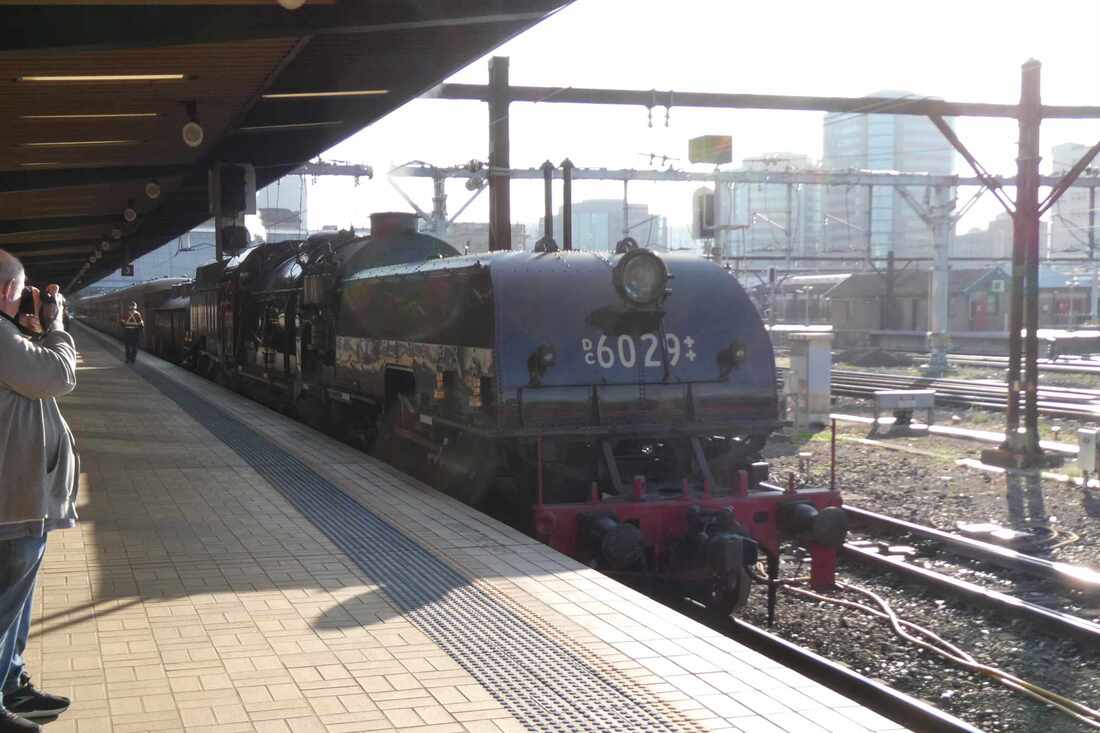
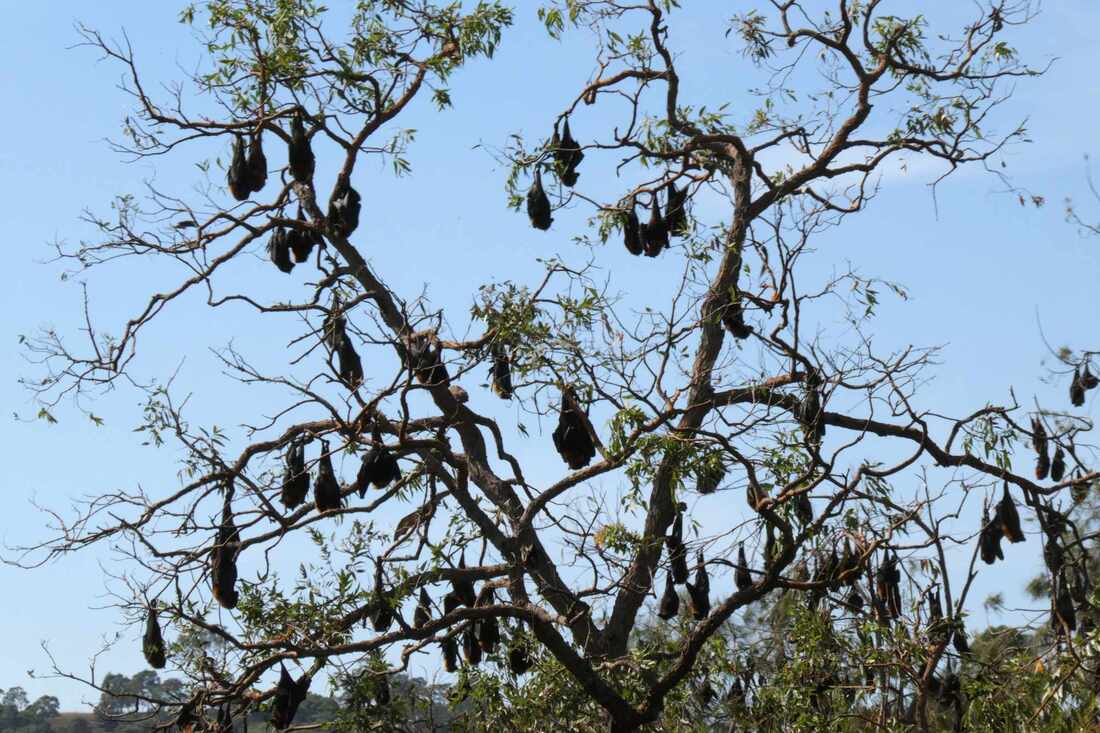
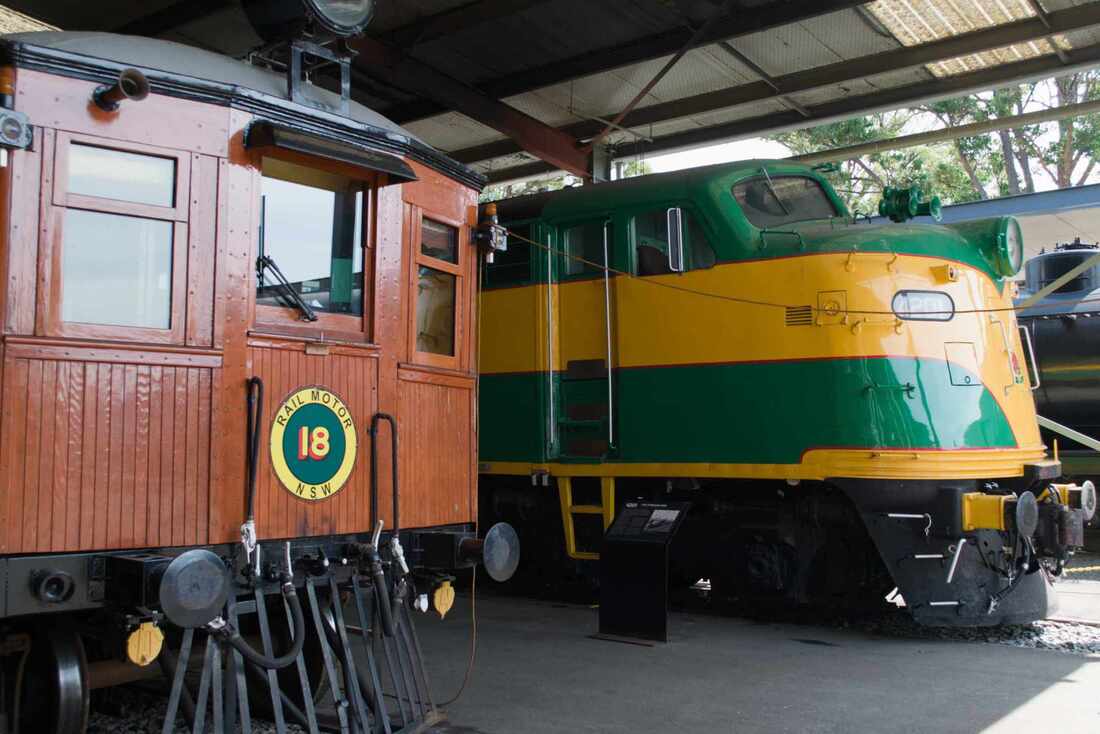
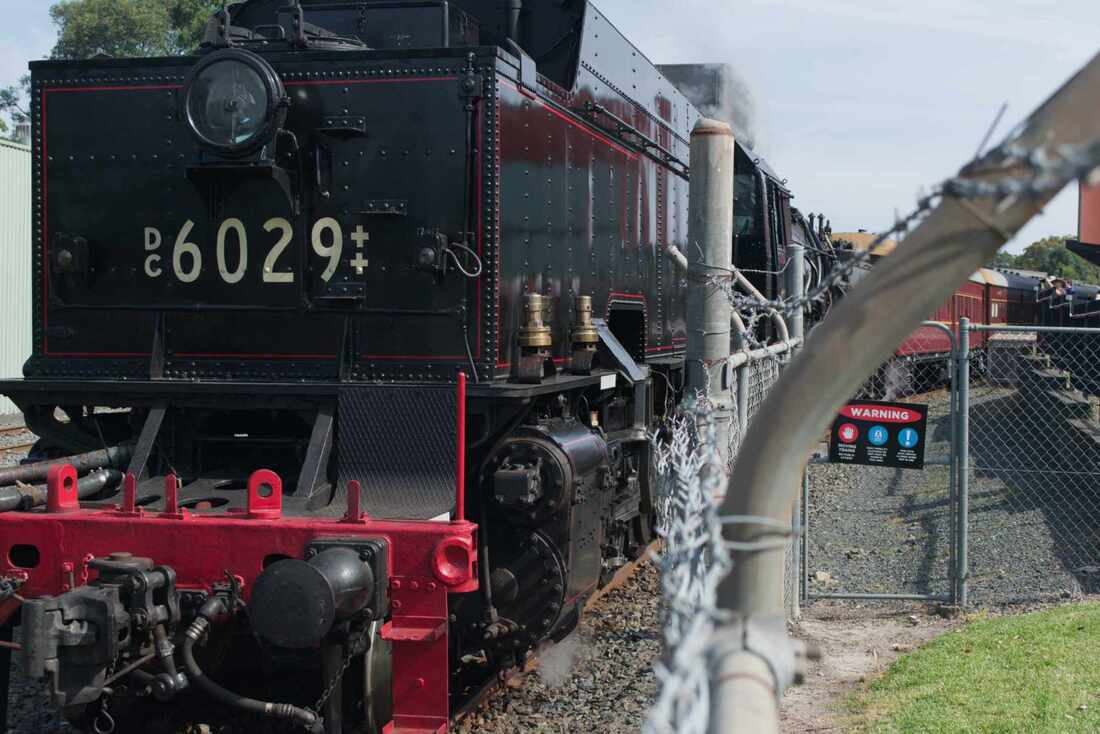
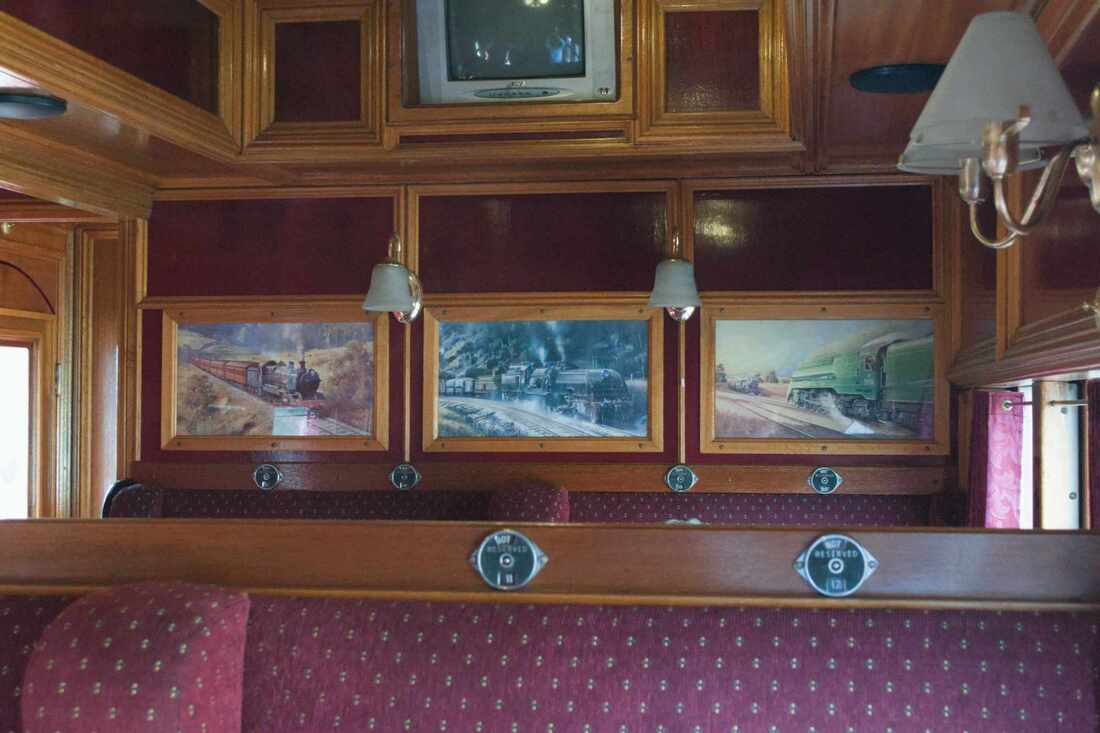
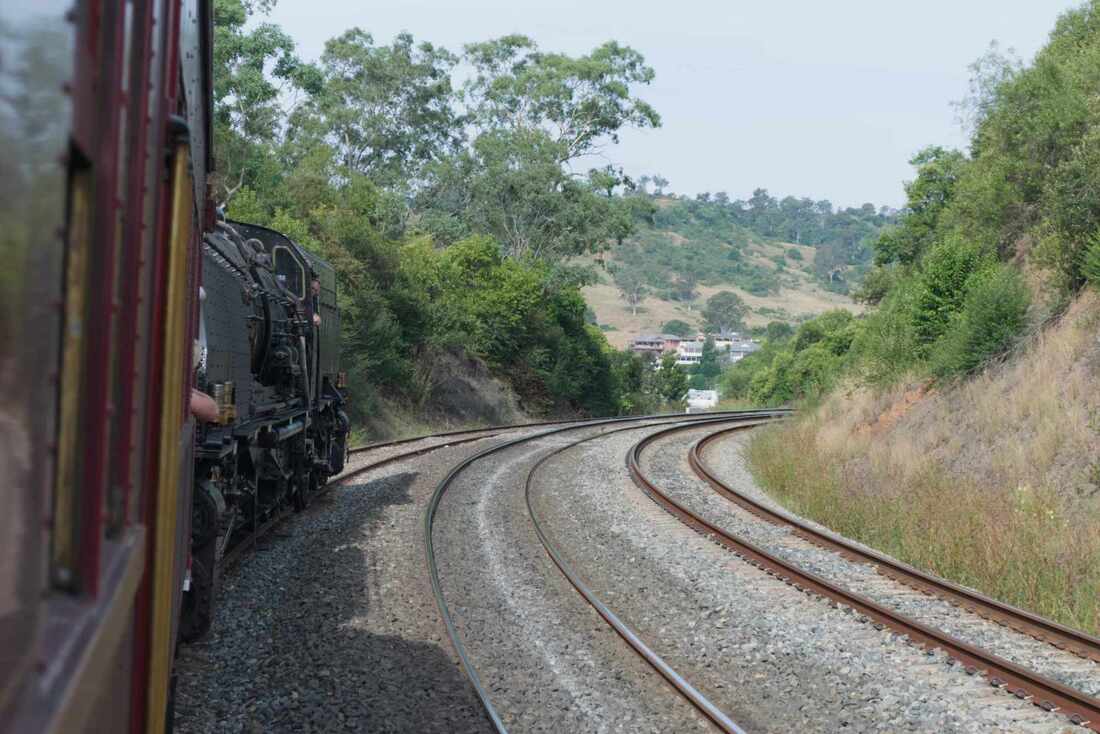
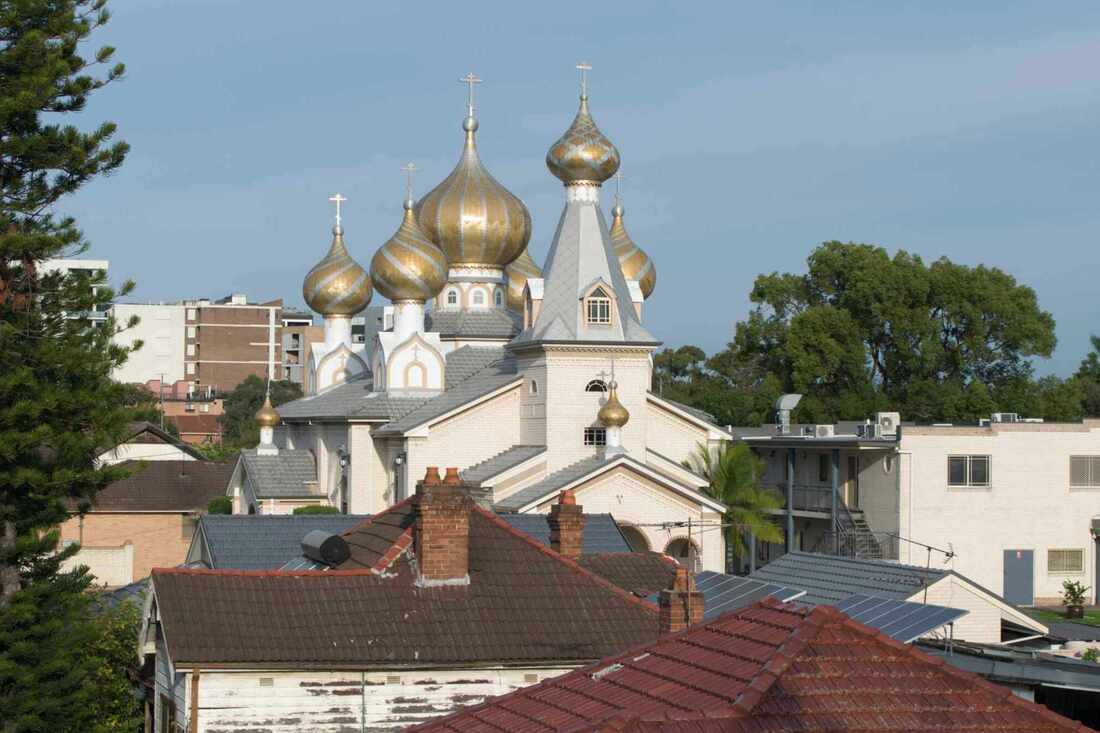
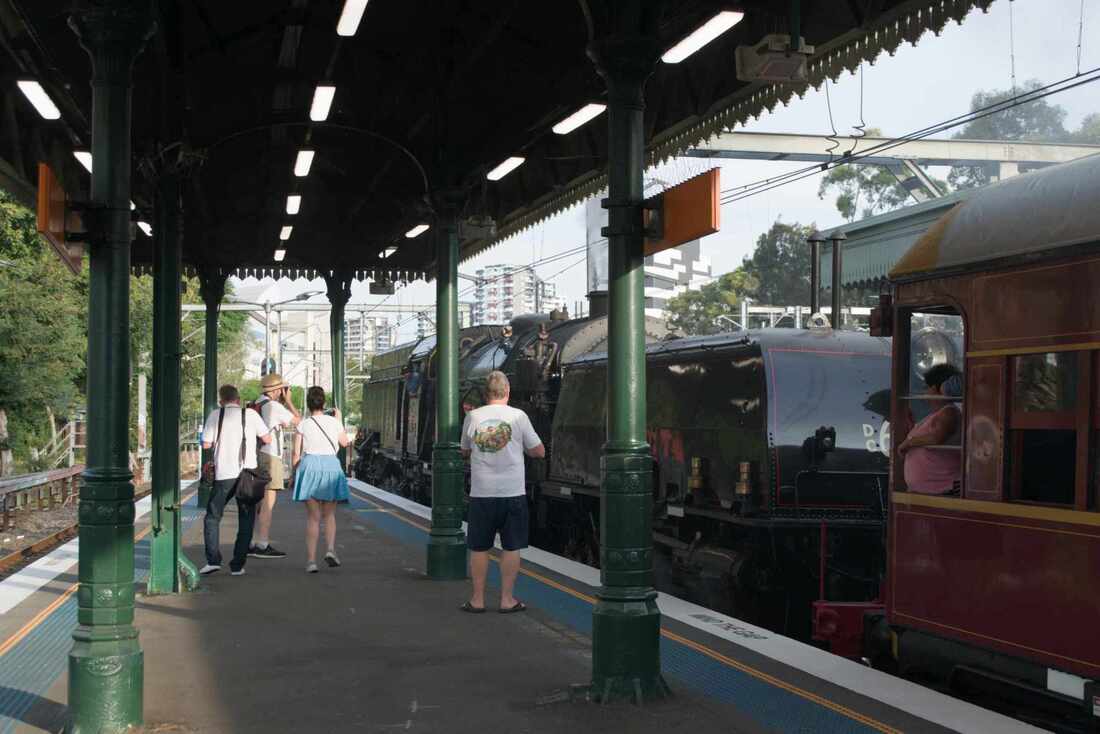
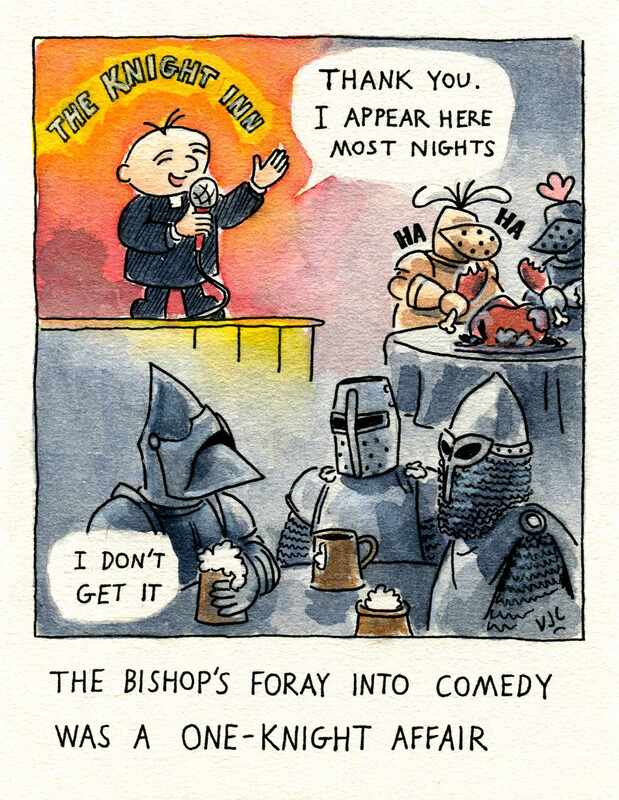
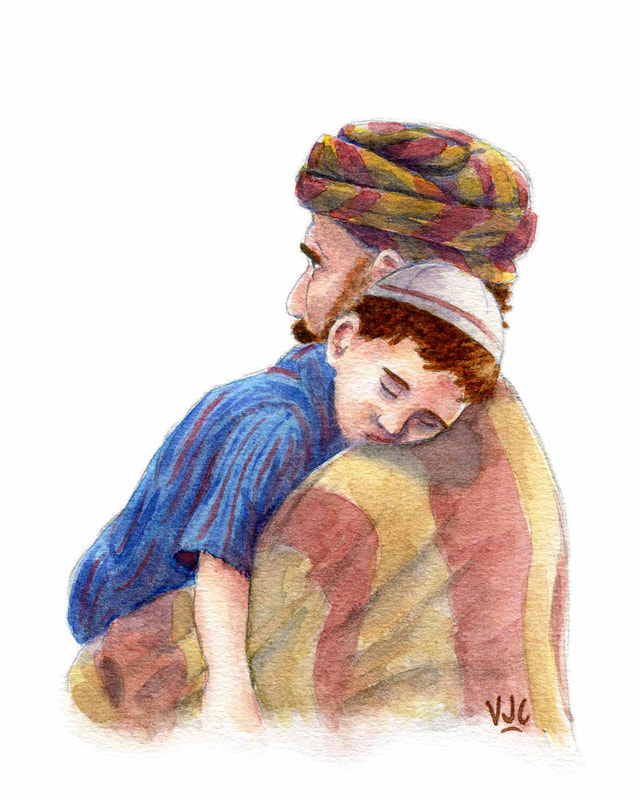
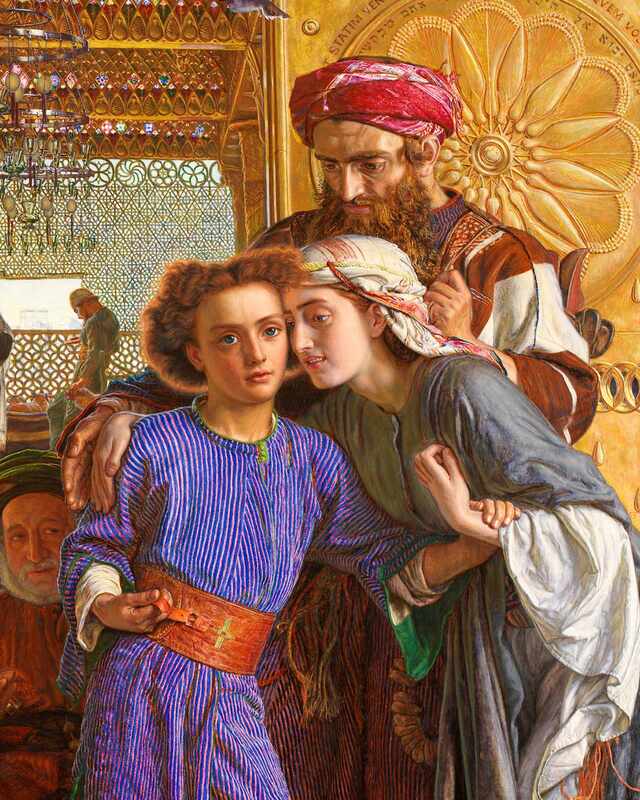
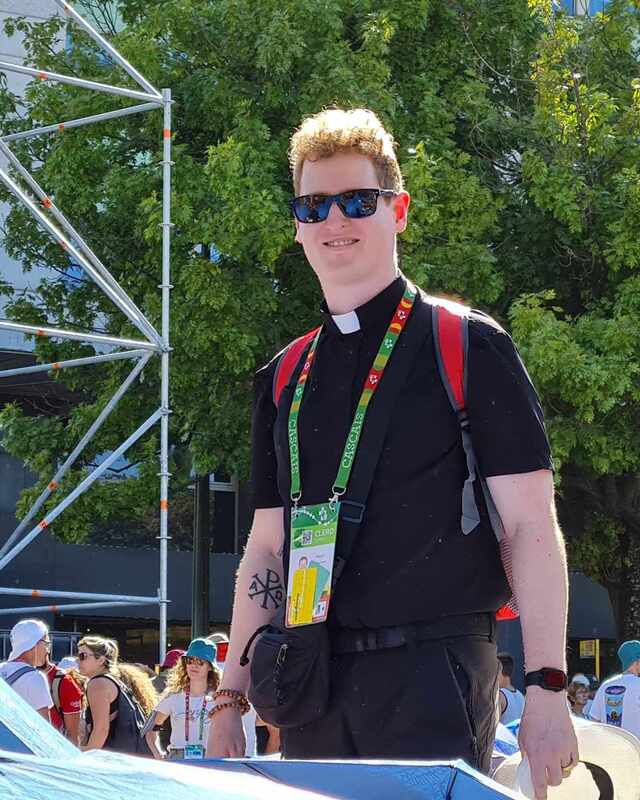
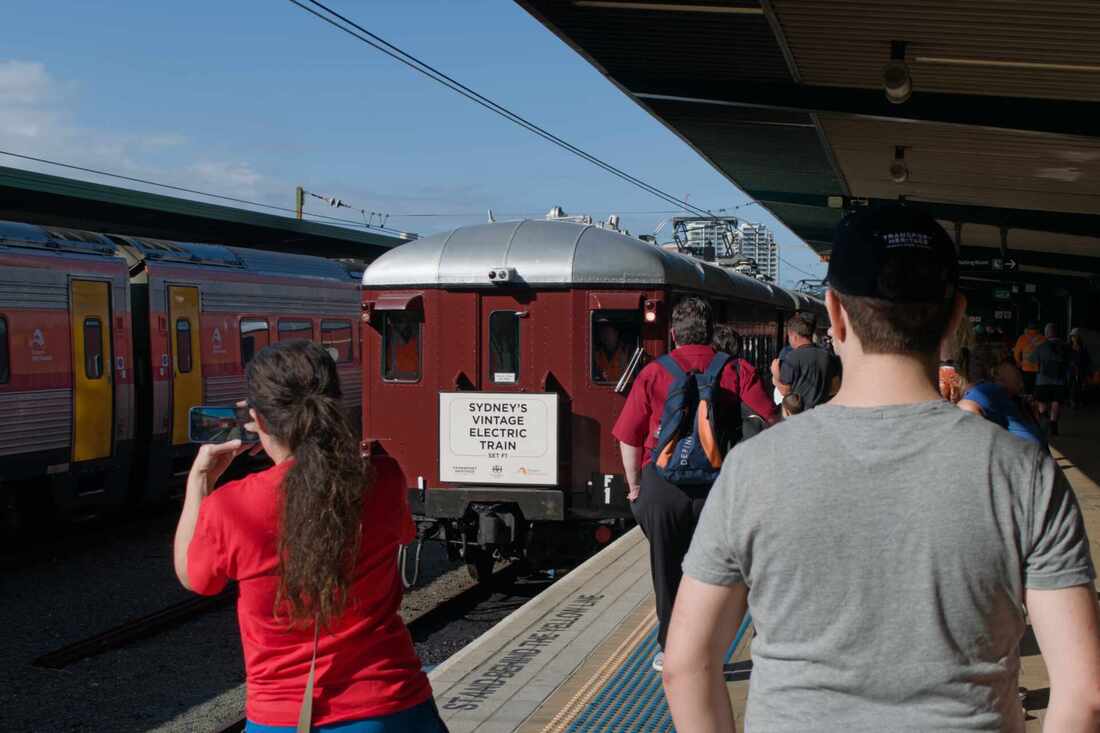
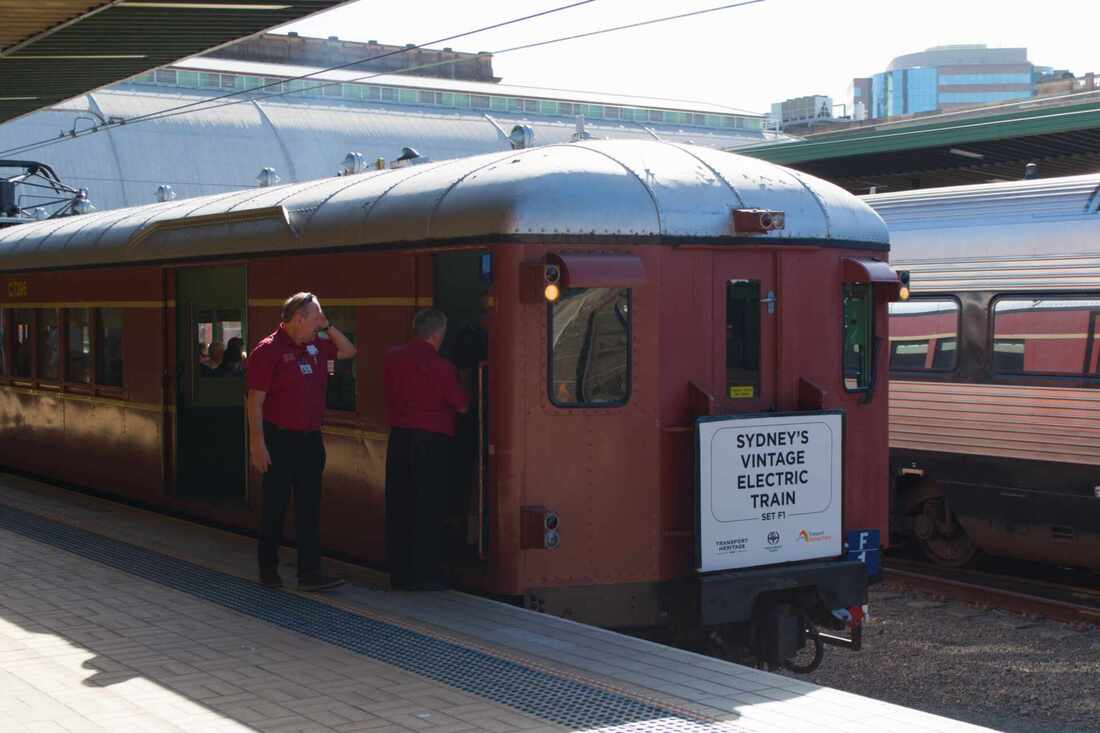
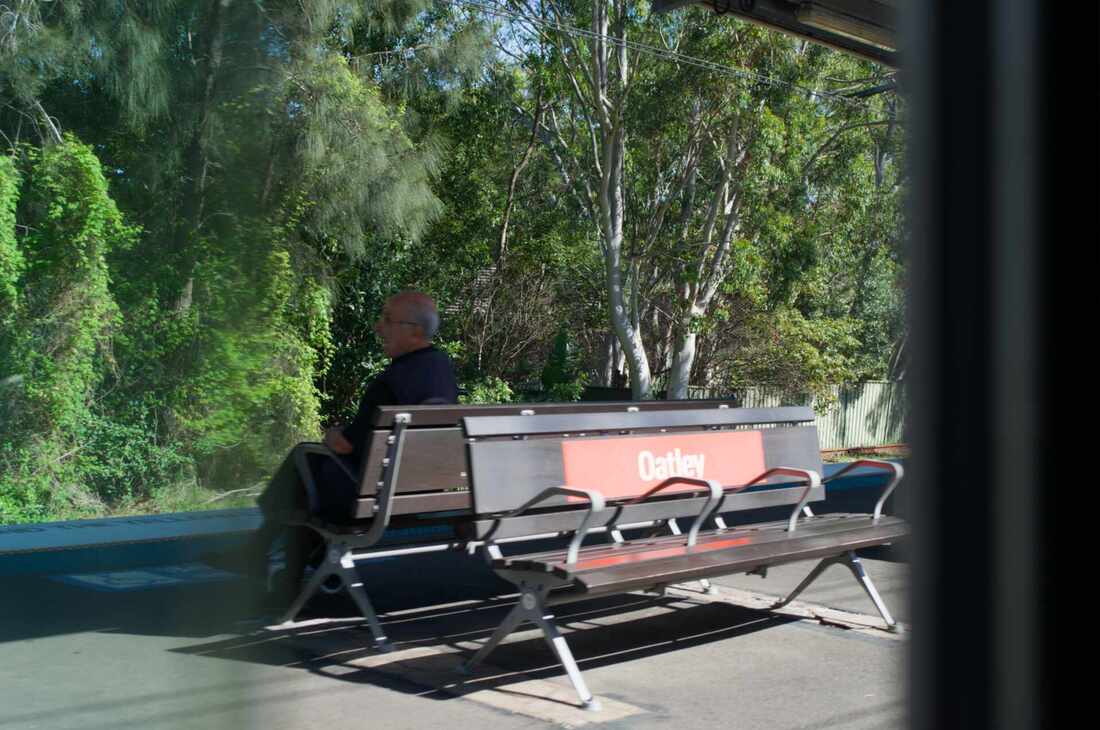
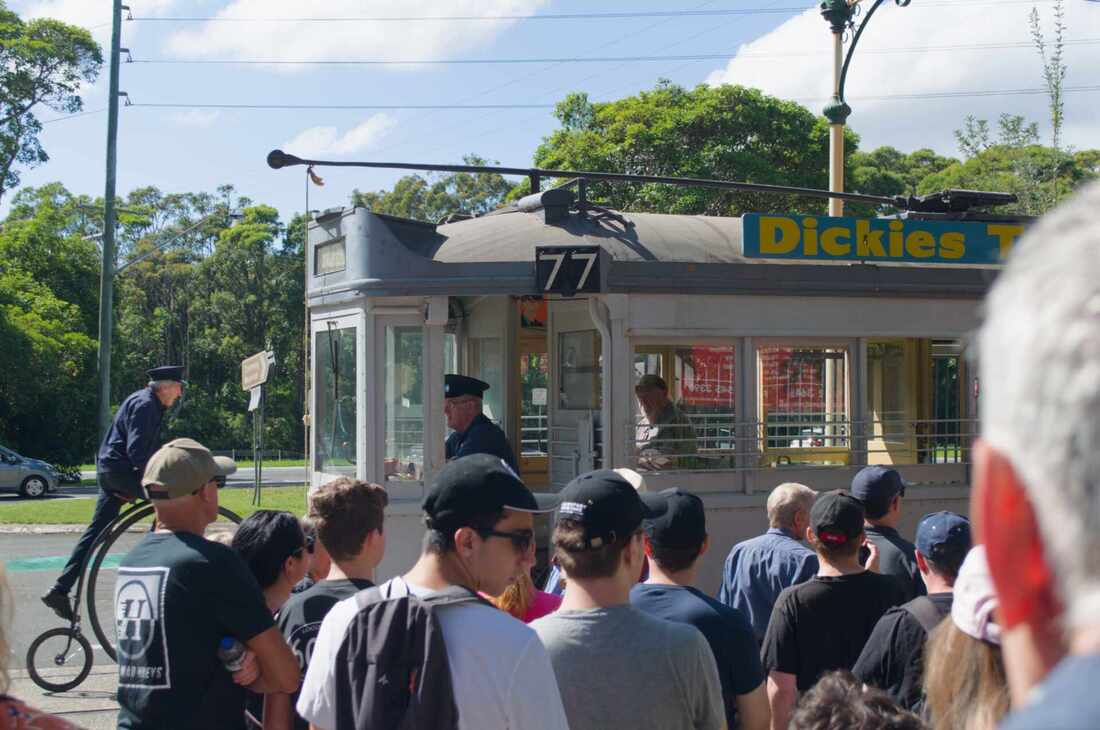
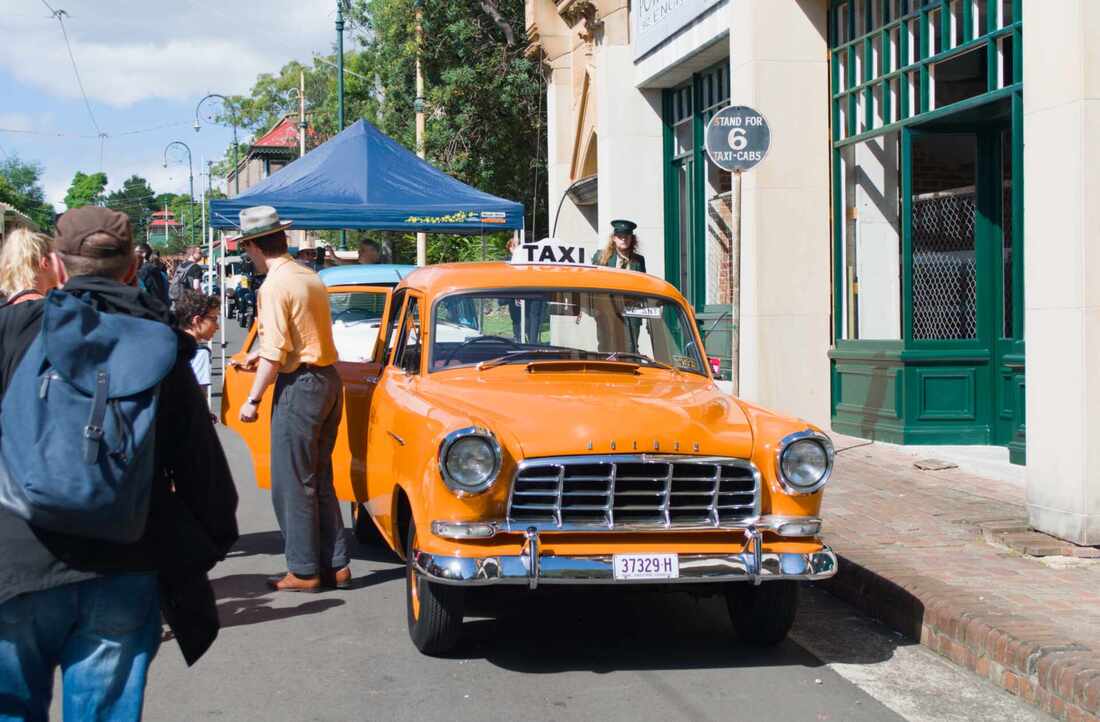
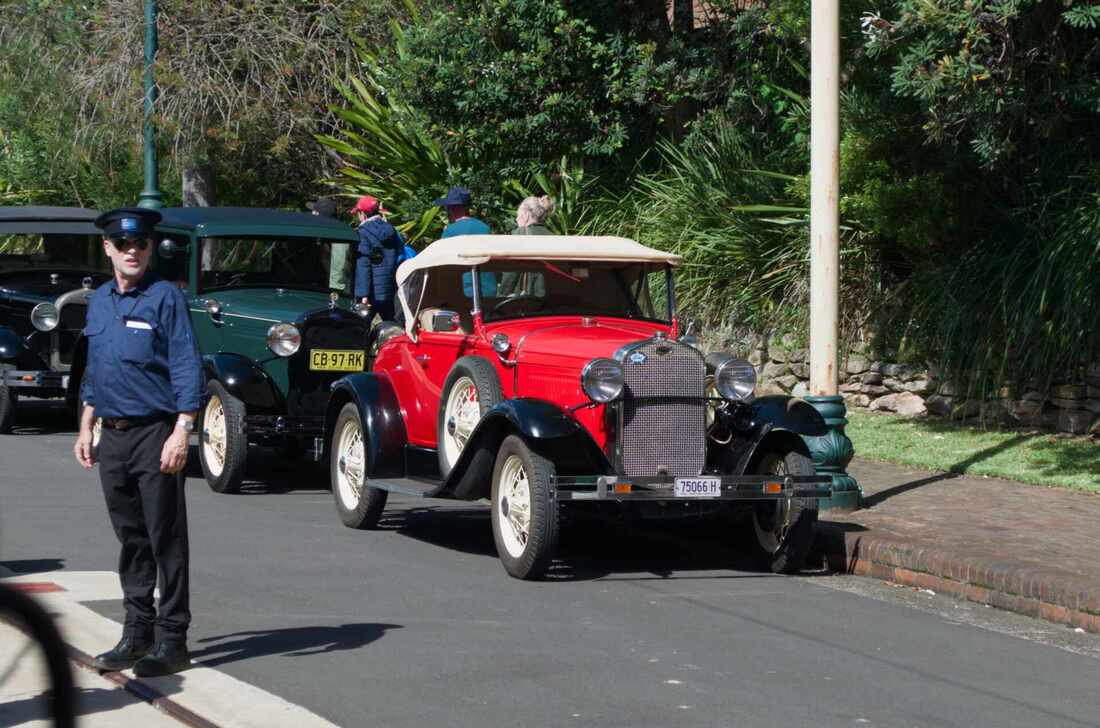
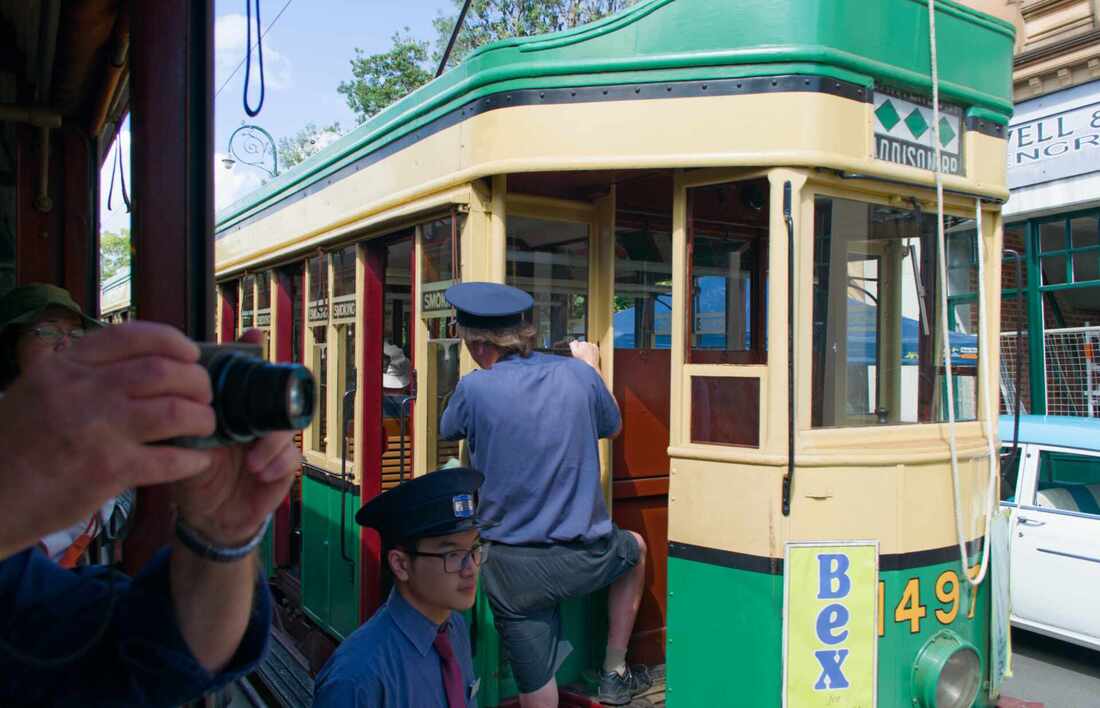
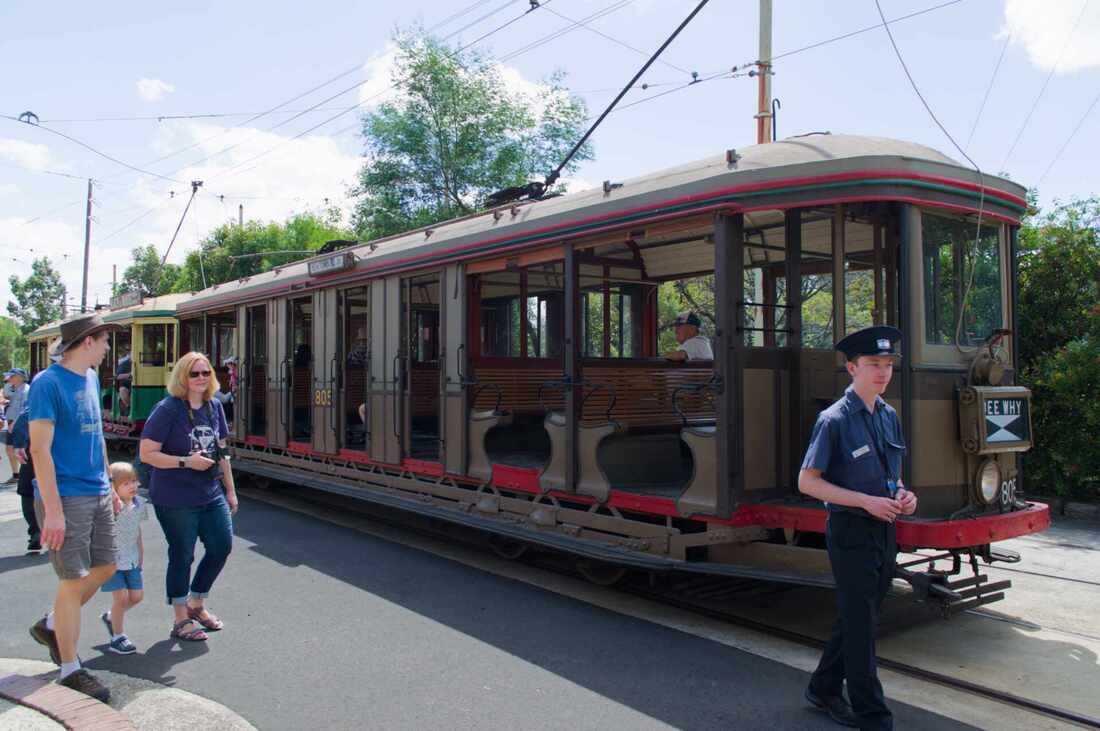
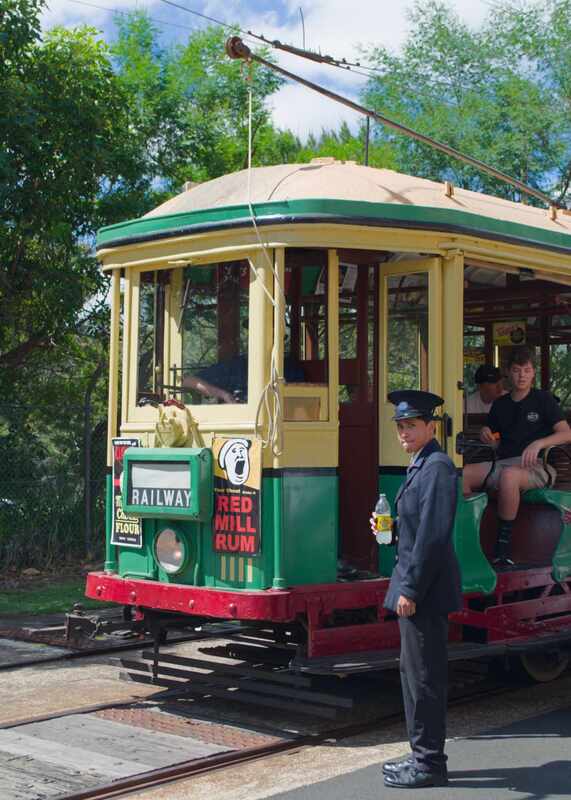
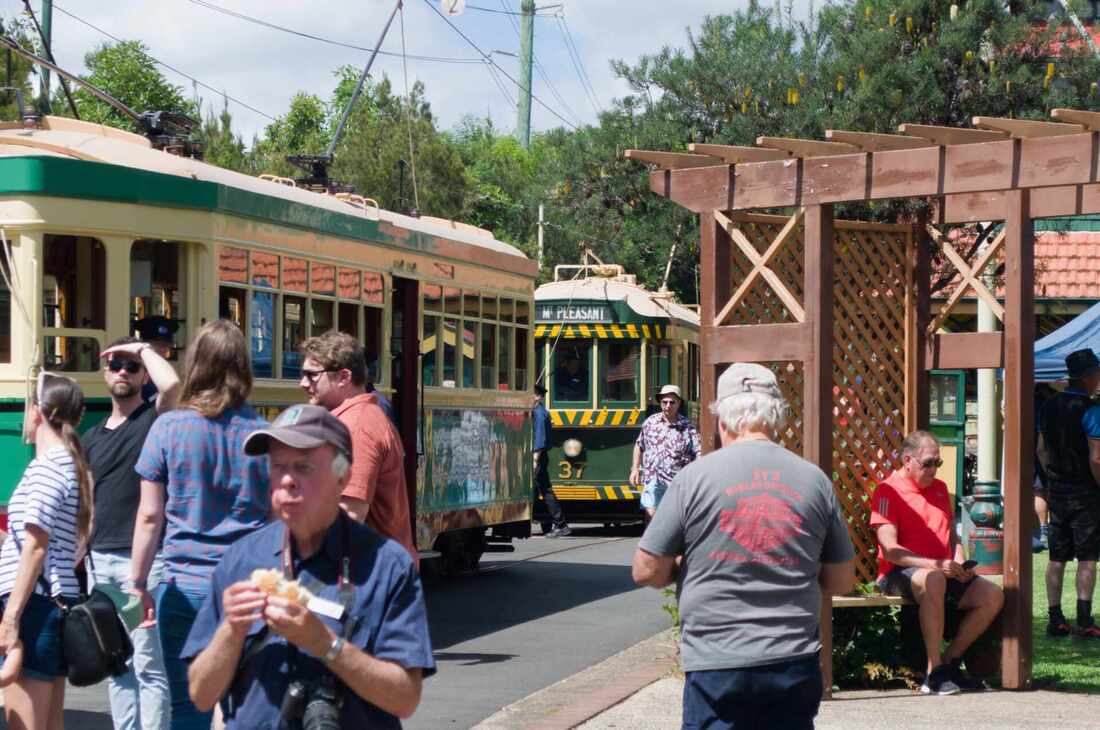
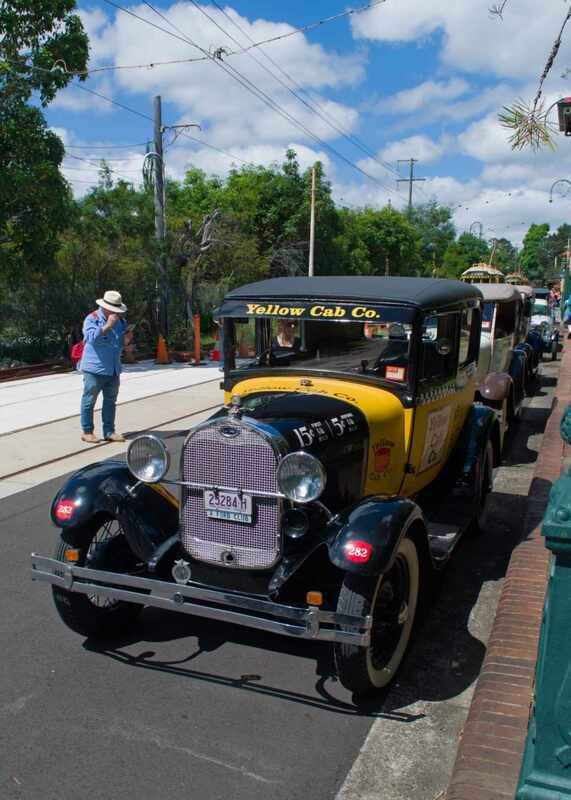
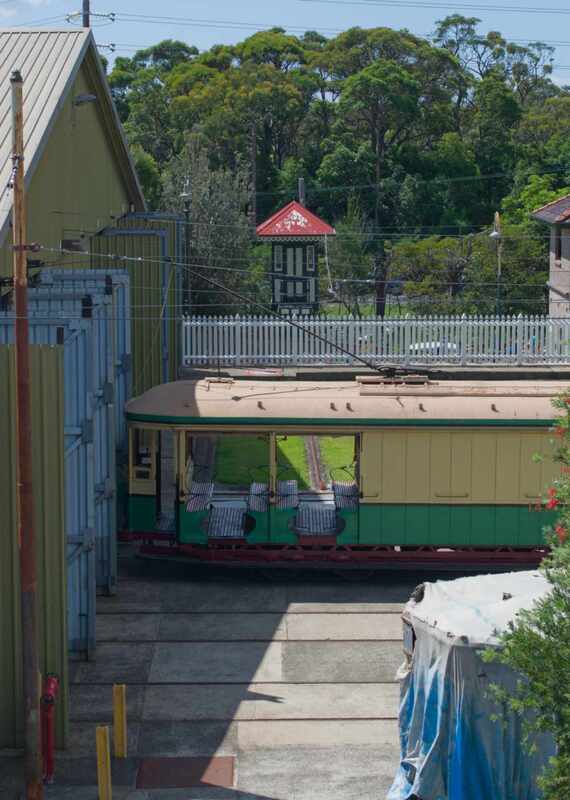
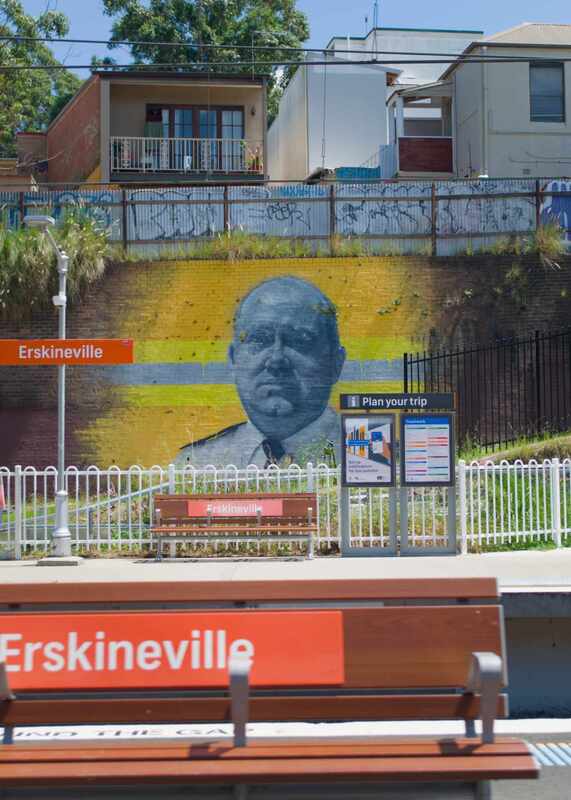
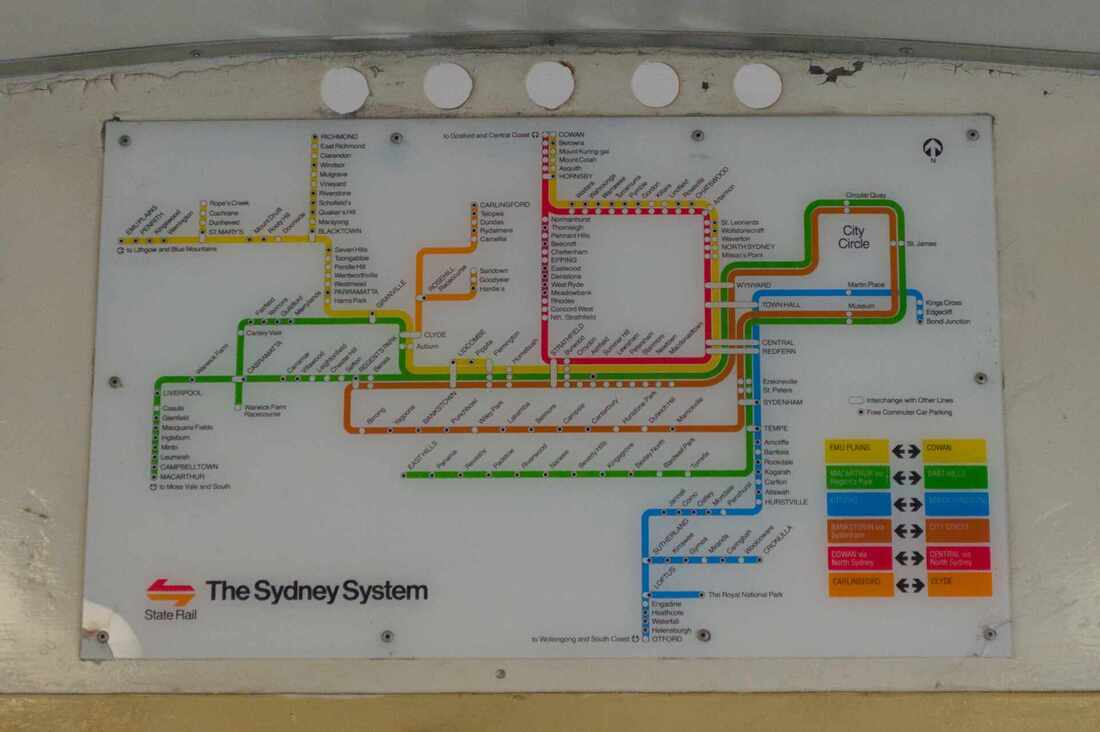
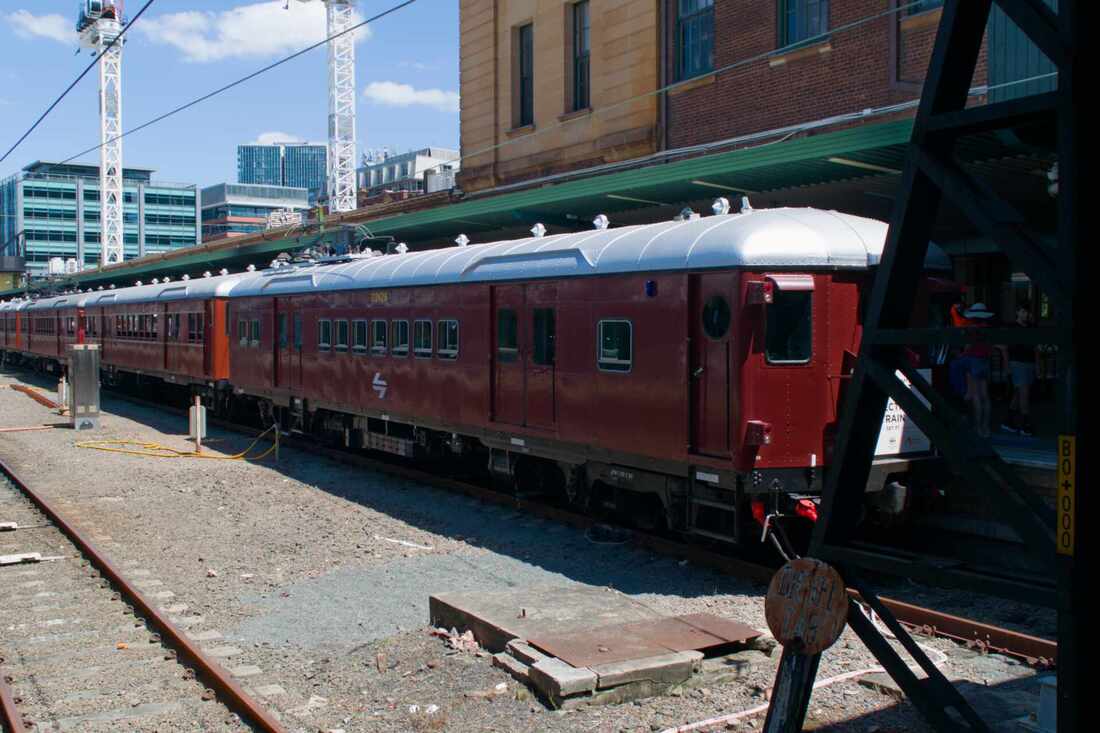
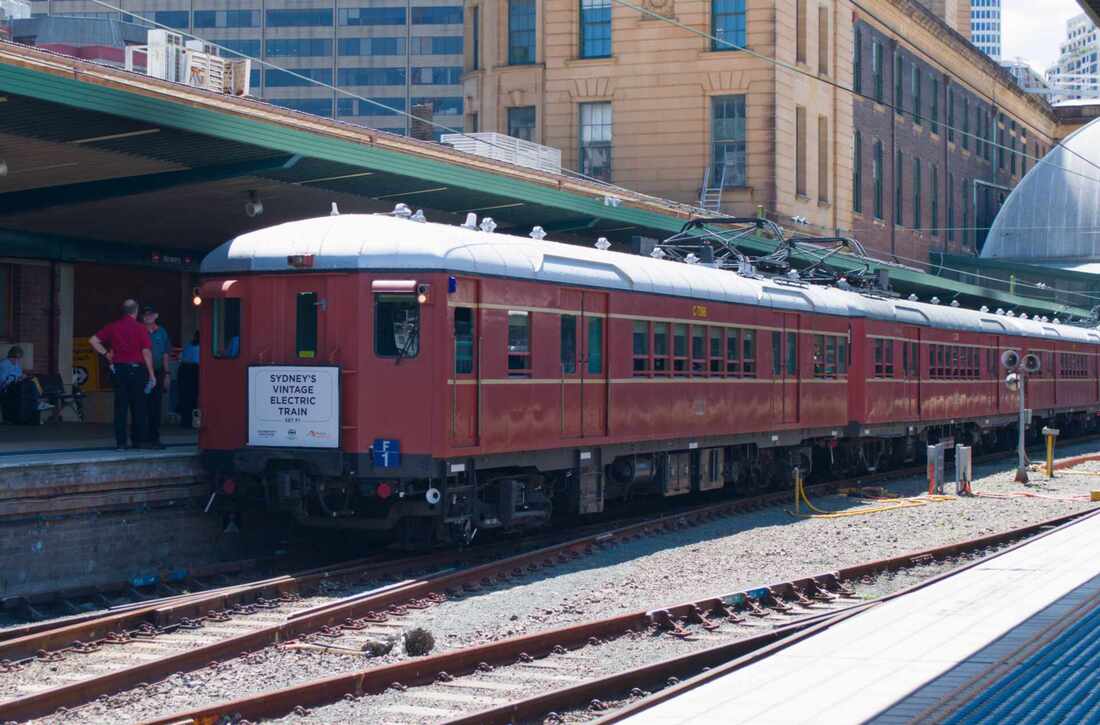
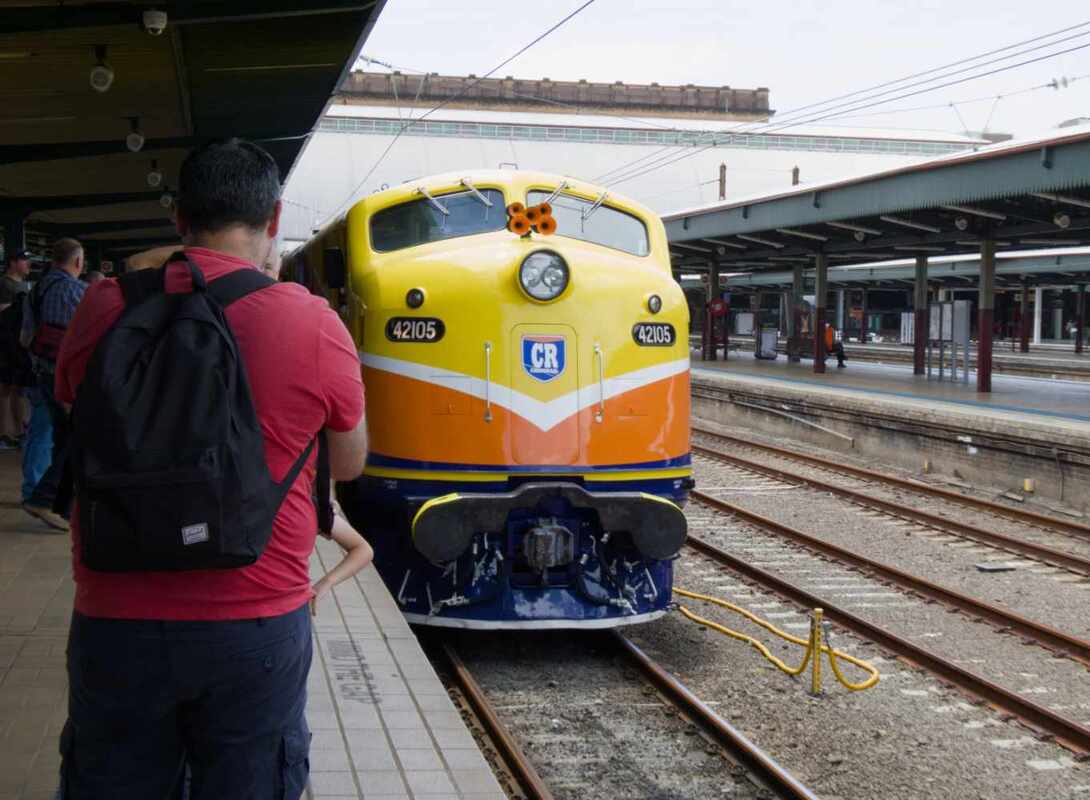
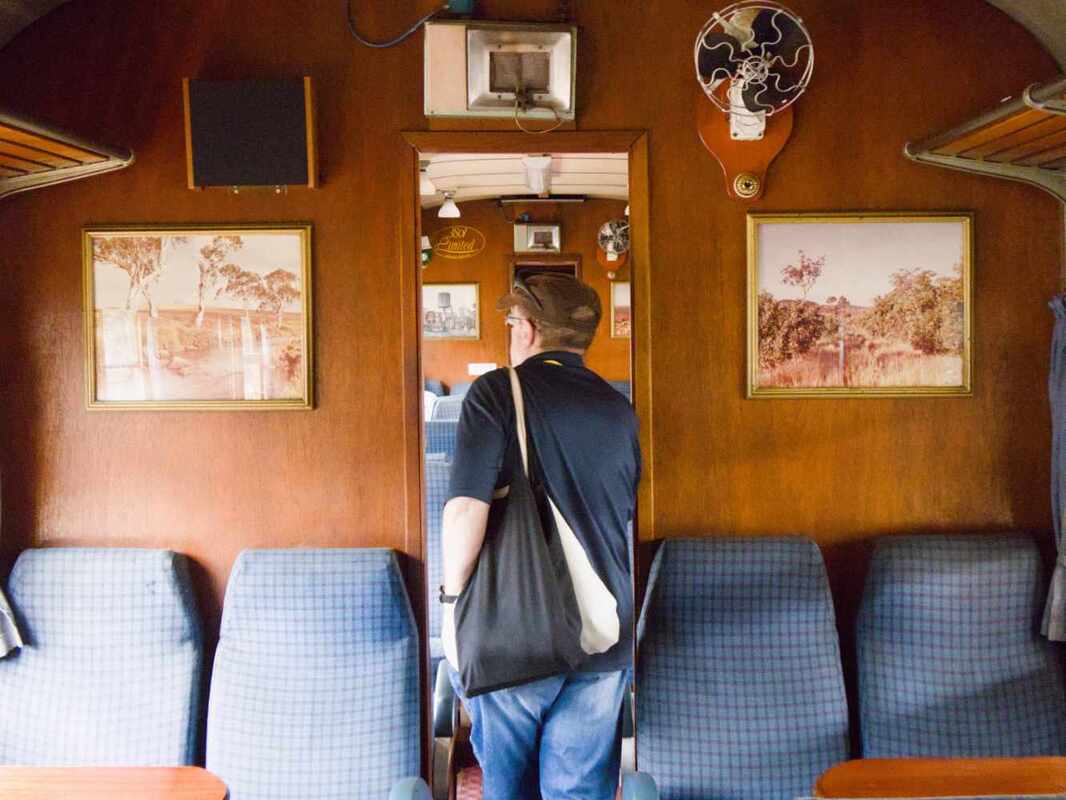
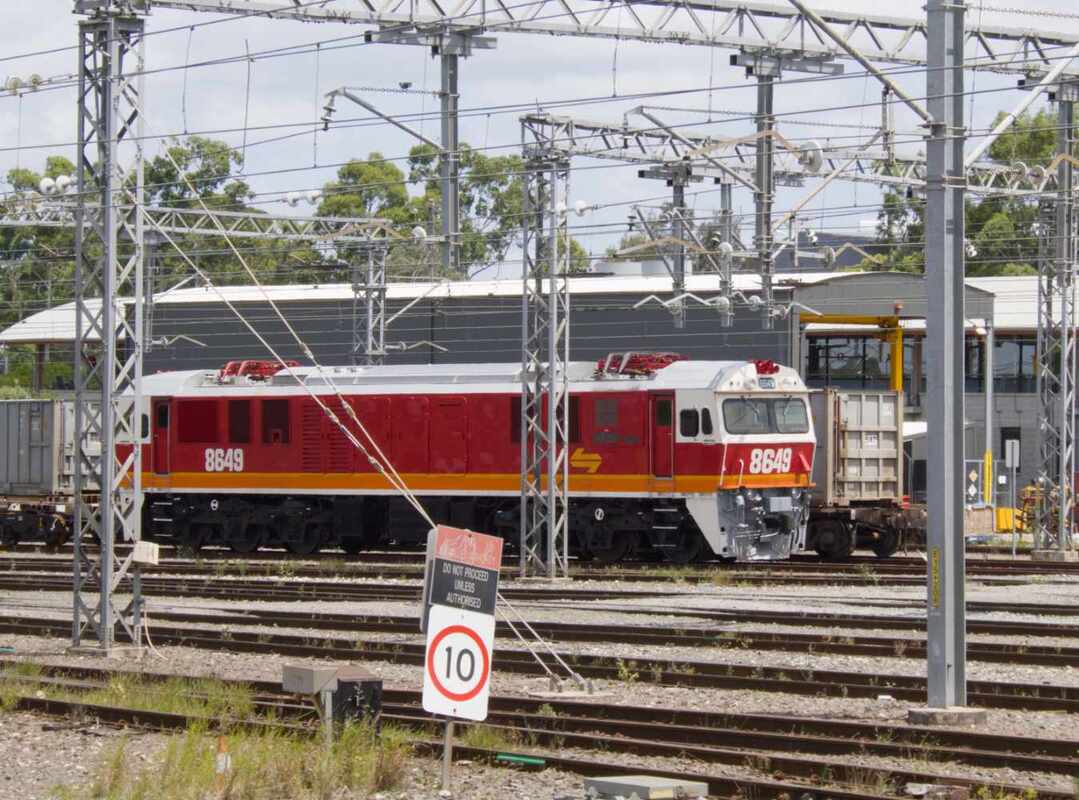
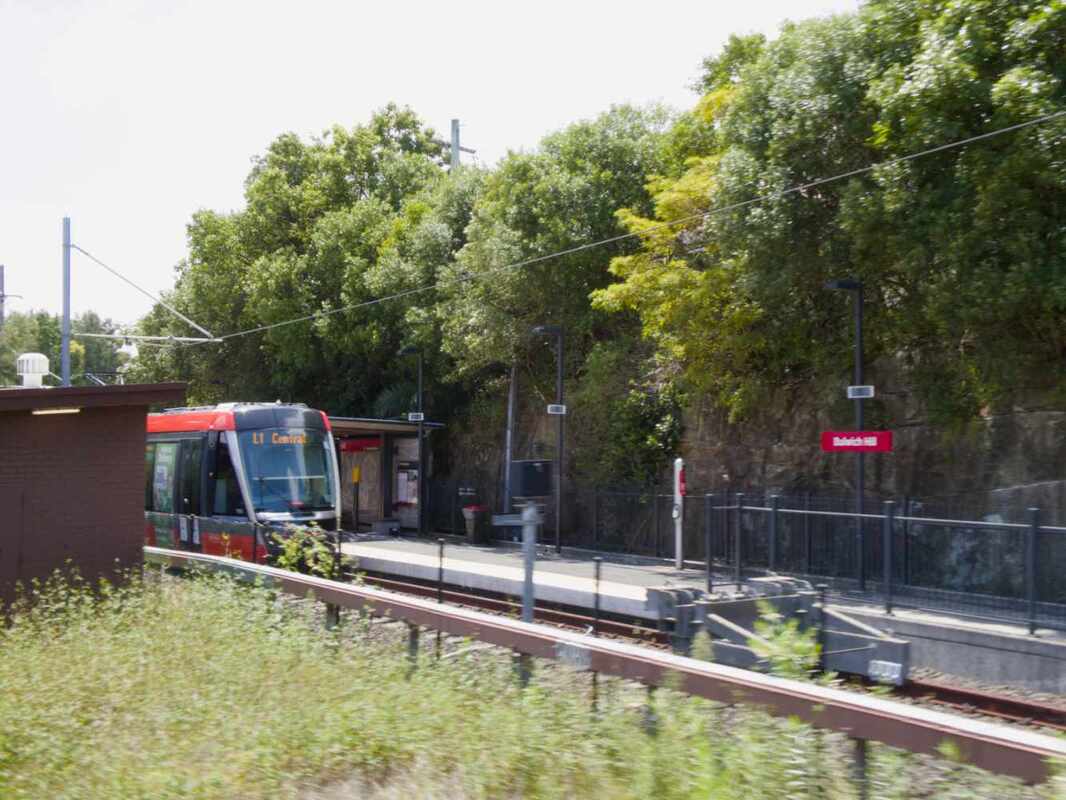
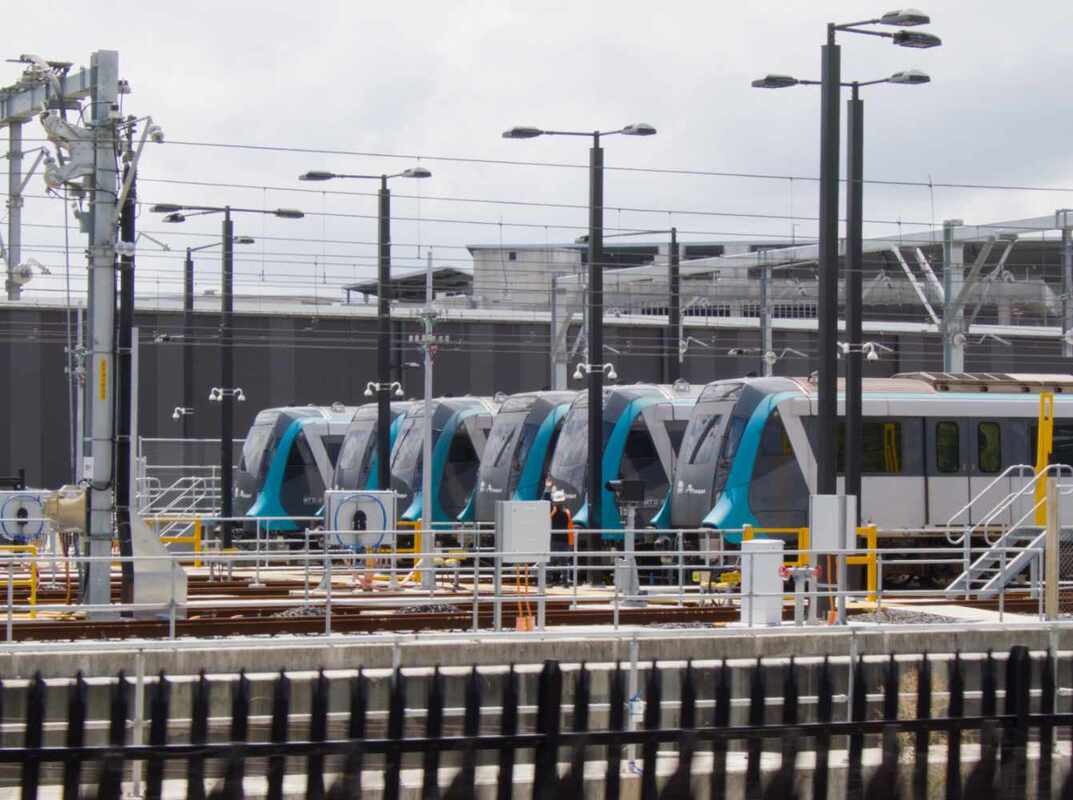
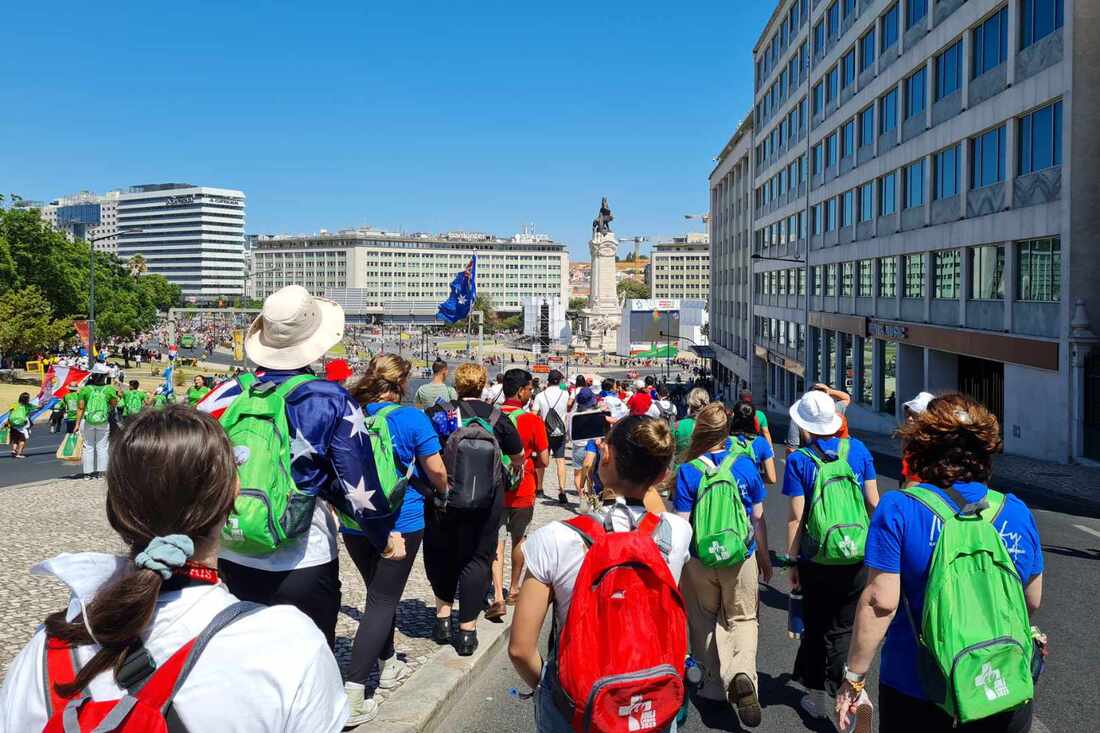
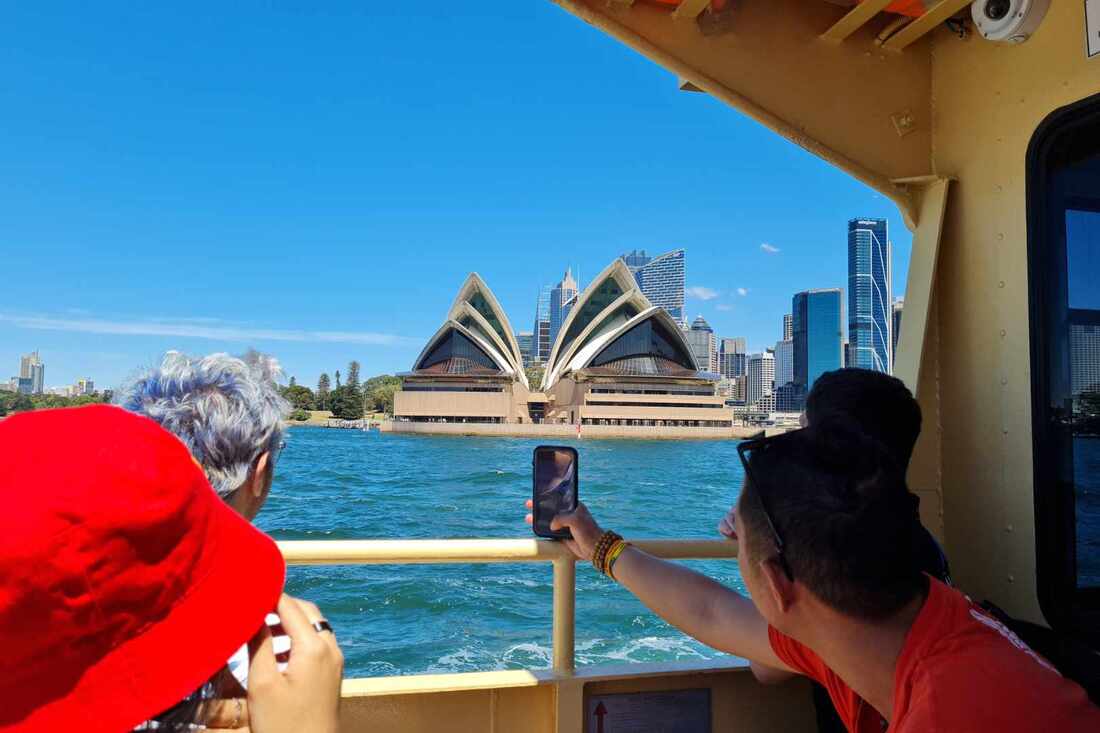
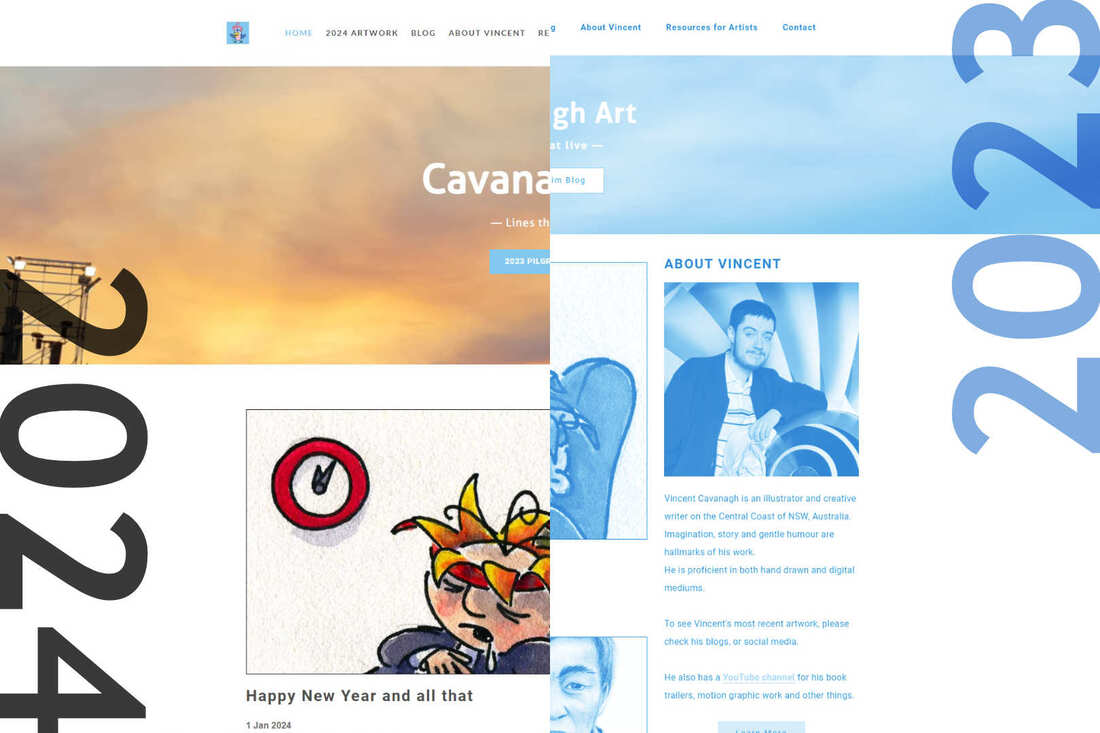
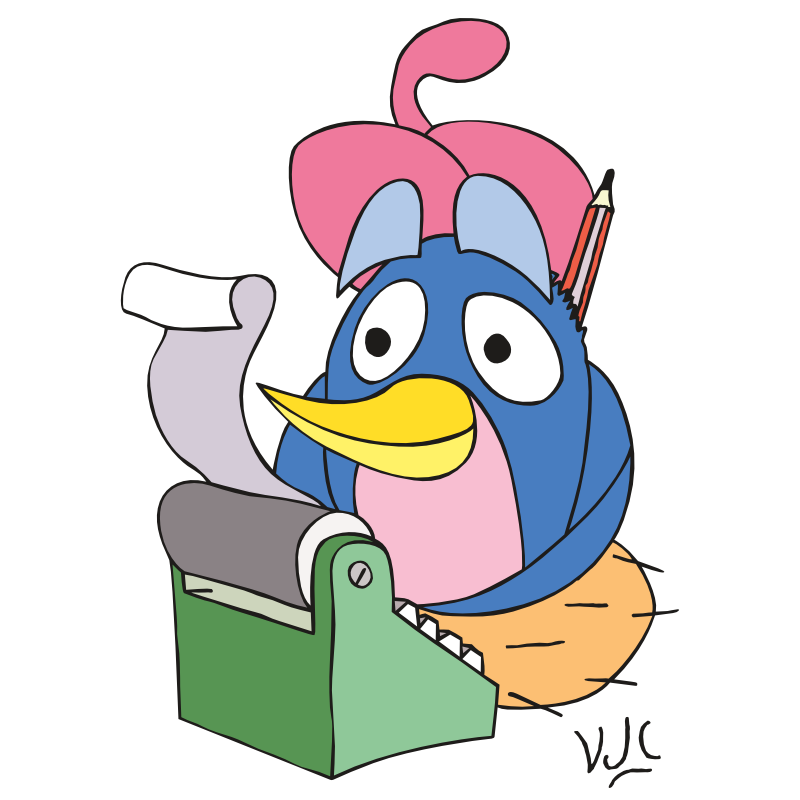
 RSS Feed
RSS Feed